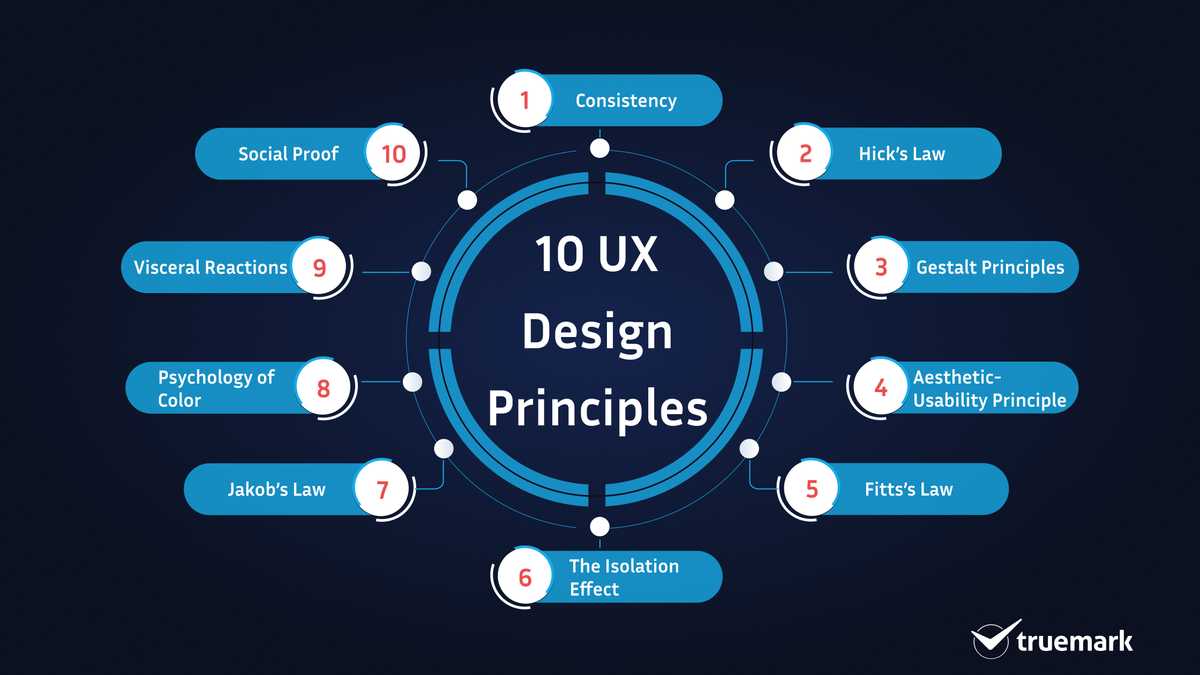


04
NOV
Today, SaaS platforms heavily rely on effective user experience (UX) design as a key factor for success. Prioritizing UX design not only enhances usability but also increases customer satisfaction, retention, and ultimately contributes to company growth. This article explores essential UX design principles crucial for developing successful SaaS platforms.
Simplicity is a foundational principle in UX design for SaaS platforms. A cluttered interface can overwhelm users, making it challenging for them to navigate. Stripping away non-essential features and using straightforward language ensures users can understand the platform without extensive tutorials, leading to smoother experiences.
Maintaining consistency across the platform builds familiarity, which reduces cognitive load. Using uniform fonts, colors, and button styles allows users to anticipate interactions, making the platform feel cohesive and easy to navigate.
Accessibility is vital in UX design, particularly for SaaS products catering to diverse users. Ensuring compatibility with screen readers, keyboard navigation, and providing image descriptions creates a more inclusive experience and complies with legal requirements.
With an increasing number of users accessing platforms on mobile devices, optimizing for mobile is essential. Responsive design allows users to engage with the platform from any device, enhancing the overall experience. Touch-friendly buttons and legible text are critical for mobile usability.
Onboarding is critical in SaaS environments as it shapes the initial user experience. A streamlined onboarding process, utilizing tooltips and walkthroughs, helps familiarize users with the platform without overwhelming them, reducing churn and improving satisfaction.
For SaaS platforms, ensuring users feel their data is secure is paramount. Clearly communicating security features and data privacy policies builds trust and encourages long-term engagement, as users are more likely to return to a platform they feel confident about.
Data-driven design relies on user interaction data to inform improvements. By employing usability testing, A/B testing, and feedback surveys, SaaS providers can identify issues and enhance the user experience continuously, ensuring the platform remains relevant.
Fast loading times are crucial for user satisfaction. Performance optimization strategies, such as minimalistic design and efficient coding practices, can significantly reduce loading times, creating a user-friendly and efficient platform.
Providing feedback through visual cues, like progress bars and tooltips, helps guide users through their interactions. Features such as color changes or animations can also clarify actions, enhancing user confidence and efficiency.
In a saturated SaaS landscape, prioritizing user experience is essential for success. By implementing these UX design principles, SaaS platforms can improve user satisfaction, retention, and ultimately drive growth. A commitment to excellent UX design not only enhances usability but also fosters a loyal user base.